Coq au Vin: A Dish Steeped in History and Flavor

Coq au Vin, a classic French dish, holds a special place in my heart. Its humble origins and rich flavors tell a story that transcends generations and bring people together around the table. This dish, which translates to “rooster with wine,” is as much a culinary masterpiece as it is a historical testament.
A Glimpse into the Past
The history of Coq au Vin dates back to the time when peasants often relied on their backyard roosters for sustenance. Legend has it that during the Hundred Years’ War between France and England, when food was scarce, roosters were often tough due to their age. To make them more palatable, these French peasants marinated them in wine to tenderize the meat and infuse it with flavor.

Ingredients You’ll Need
- 1 whole chicken, cut into pieces
- 4 slices of bacon, diced
- 15-20 pearl onions or small shallots, peeled
- 2 carrots, peeled and sliced
- 2 cloves of garlic, minced
- 1 bottle of red wine (such as Burgundy or Pinot Noir)
- 2 cups chicken broth
- 1 tablespoon tomato paste
- 2 sprigs of fresh thyme
- 2 bay leaves
- Salt and pepper to taste
- 2 tablespoons all-purpose flour
- 2 tablespoons butter
- Chopped fresh parsley for garnish
Step-by-Step Instructions
Step 1: Marinating the Chicken
To start, place the chicken pieces in a large bowl and pour the red wine over them. Let the chicken marinate in the refrigerator for at least 4 hours, preferably overnight. This marinade will help tenderize the meat and infuse it with the flavors of the wine.

Step 2: Preparing the Dish
After marinating, remove the chicken pieces from the wine and pat them dry with paper towels. Reserve the marinade for later use.
In a large, heavy-bottomed pot or Dutch oven, cook the diced bacon over medium heat until crispy. Using a slotted spoon, transfer the bacon to a plate lined with paper towels to drain.
In the same pot, add the pearl onions (or shallots) and sliced carrots. Sauté them for about 5 minutes until slightly browned. Then, add the minced garlic and cook for an additional minute.
Step 3: Braising the Chicken
Push the vegetables to one side of the pot and add the chicken pieces, skin side down. Brown them for about 6-8 minutes over medium-high heat until golden. Then, flip the chicken pieces and brown the other side for an additional 6-8 minutes.
Once the chicken is browned, sprinkle the flour over it and stir well to coat. This step will help thicken the sauce later on.
Pour in the reserved red wine marinade, chicken broth, and tomato paste. Stir in the fresh thyme, bay leaves, salt, and pepper. Bring the mixture to a simmer, then reduce the heat to low and cover the pot.
Let the dish simmer gently for about 1.5-2 hours until the chicken is cooked through and tender. During this time, the flavors will meld together, creating a luscious sauce.
Step 4: Finishing Touches
Once the chicken is cooked, remove it from the pot and keep it warm. Increase the heat to medium-high and let the sauce simmer uncovered for about 10 minutes to thicken.
In a separate small pan, melt the butter and add the diced bacon. Cook until the bacon is crisp, then remove it from the pan and drain on paper towels.
Return the chicken to the pot and garnish with the crispy bacon and chopped fresh parsley. Serve the Coq au Vin hot with crusty bread or over buttery mashed potatoes for a truly indulgent experience.
Mastering the Art of Coq au Vin
Coq au Vin is a dish that embraces creativity, and there are endless variations you can explore to make it your own. Consider experimenting with different herbs and vegetables, or even substituting the chicken with duck or rabbit for a unique twist.
Don’t rush the cooking process; allowing the chicken to simmer slowly and develop deep flavors is key to a sublime Coq au Vin.
Lastly, remember that this dish is best enjoyed in the company of loved ones. Share the richness of its history, the warmth of its flavors, and create memories that will be cherished for years to come.
Nutrition Facts
Servings Per Recipe 24
| Amount Per Serving | ||
|---|---|---|
| Calories | 120 | |
| % Daily Value* | ||
| Total Fat 4g | 6% | |
| Saturated Fat 2g | 10% | |
| Trans Fat 0g | ||
| Cholesterol 15mg | 5% | |
| Sodium 140mg | 6% | |
| Total Carbohydrate 20g | 7% | |
| Dietary Fiber 0g | 0% | |
| Sugars 9g | ||
| Protein 1g | ||
| Vitamin A 2% | Vitamin C 0% | |
| Calcium 2% | Iron 4% | |
* Percent Daily Values are based on a 2,000 calorie diet. Your daily values may be higher or lower depending on your calorie needs:
| Calories: | 2,000 | 2,500 | ||
|---|---|---|---|---|
| Total Fat | Less than | 65g | 80g | |
| Saturated Fat | Less than | 20g | 25g | |
| Cholesterol | Less than | 300mg | 300mg | |
| Sodium | Less than | 2,400mg | 2,400mg | |
| Total Carbohydrate | 300g | 375g | ||
| Dietary Fiber | 25g | 30g | ||

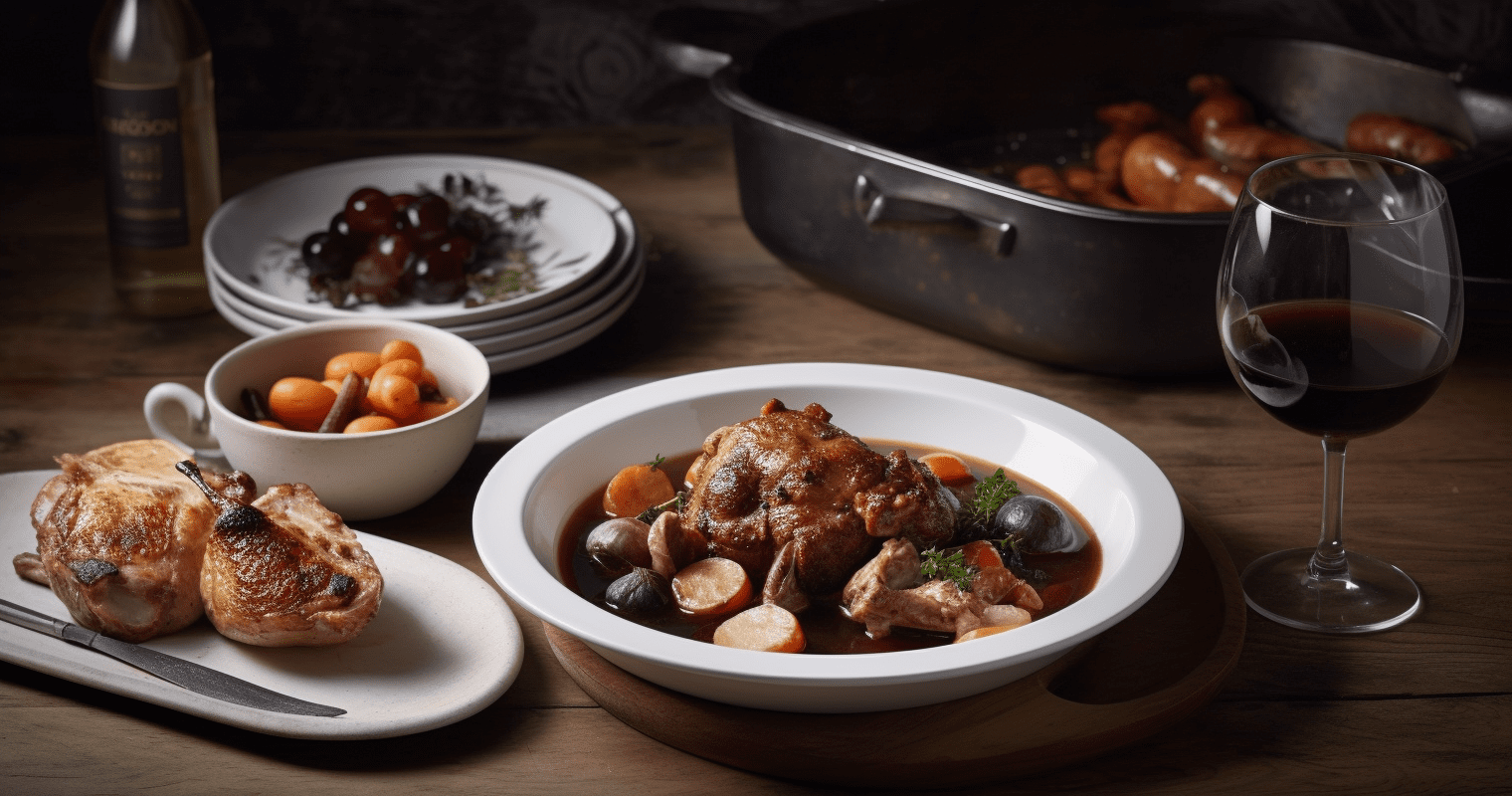


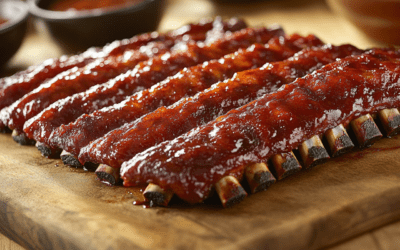

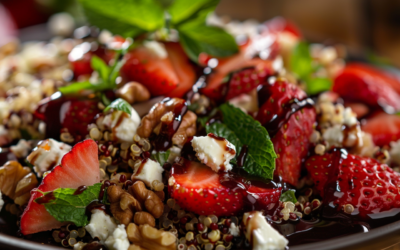
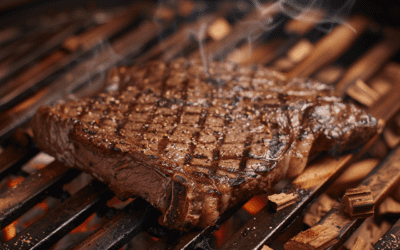


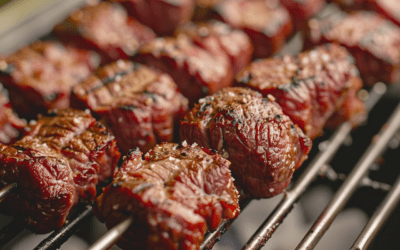


0 Comments